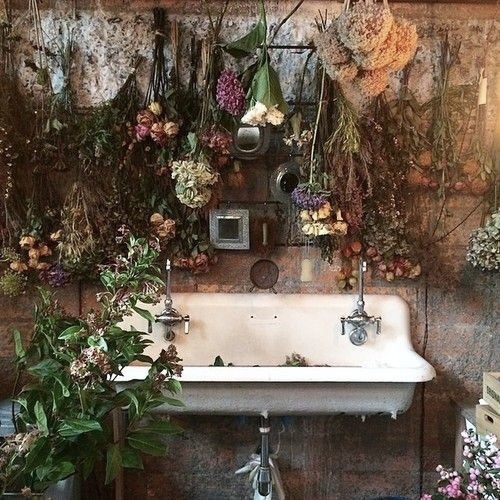#herbs/plants
Text

reblog to share some mint with your followers. just don't let it escape containment, okay?
Edit as if 6/17: Y’ALL FAILED ME
#mint#peppermint#herbs#plants#transparent png#transparent background#plantblr#mint is to gardens what glitter is to craft areas#if it escapes containment it gets fucking everywhere and it’s impossible to get rid of
29K notes
·
View notes
Text
Herb's Properties
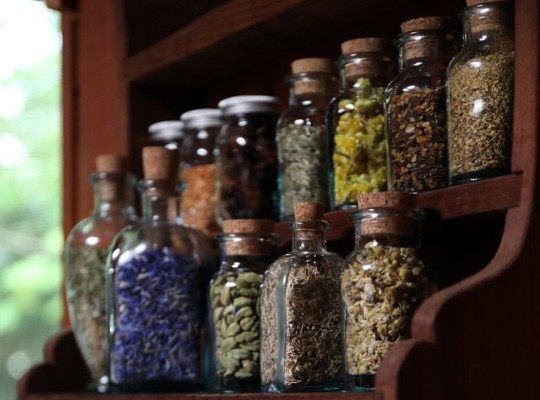
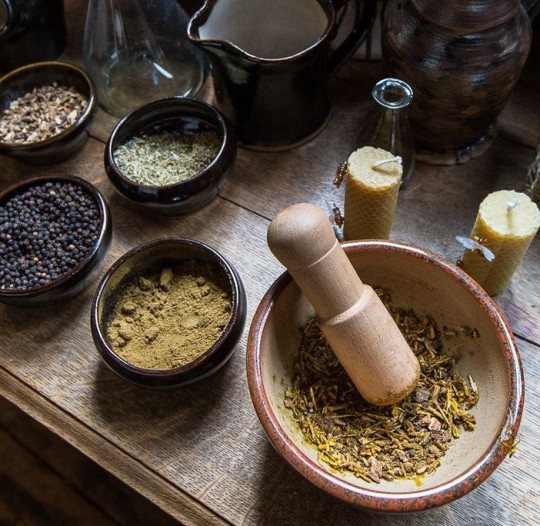
Basil: money, luck, prosperity, happiness
Bay Leaf: energy, cleansing, can be charged with almost any intention
Camomile: Caring, kindness, luck, growth, self-love growth, confidence, avoiding negativity, happiness
Cinnamon: passion, quick success, fire magick
Chia seeds: Growth, health, kindness, Property
Chilli flakes: Pride, confidence, power, strength, Passion
Cumin: Courage, bravery, protection, loyalty
Dandelion: wishes, charisma, success, good luck
Dill: sexual love, luck, protection
Eucalyptus: cleansing, healing, purifying, relaxing, comfort
Fennel: hate, anger
Flax seeds: Prosperity, growth, new beginnings
Ginger: fiery passion, success, and personal power
Jasmine: love, dreams, sensuality, luxury and kindness
Lavender: love and attraction, purification, relaxation, restful sleep
Nutmeg: luck, Health, Fidelity, Love, Prosperity, comfort, loyalty
Oregano: comfort, love, warmth
Paprika: Pride, confidence, power, strength
Parsley: Cleansing. purification
Peppermint: healing, purification, love and energy, cleansing, prosperity
Poppy seeds: protection, intuition, self-assurance, hexing and cursing
Rose: love, beauty, harmony, romance, attraction
Rosemary: cleansing, purification, wisdom, protection
Sesame seeds: Prosperity, growth, health, nurturing
Spearmint: love, cleansing, renewal, blessing
Sunflower seeds: happiness, growth, joy
Thyme: beauty, strength, courage
Turmeric: confidence, creativity, energy
Vanilla: love and sexuality
tip jar
#thecupidwitch#witchcraft#witch community#witches#witchcore#witch#witchblr#green witch#grimoire#herbs#book of shadows#wicca#pegan#peganism#wiccablr#pagan wicca#wiccan#magic#ko fi support#baby witch#beginner witch#chaos witch#eclectic witch#folk witchcraft#hedge witch#kitchen witch#tarot witch#traditional witchcraft#witch aesthetic#plants and herbs
11K notes
·
View notes
Text
Sometimes it’s hard to read fanfic when you’re studying herbalism.. when they have the character preparing a tincture to use that same DAY!!?
Baby those dried herbs need to sit in that jar with high proof alcohol for at LEAST a month!
That’s why before the use of calendars ppl use to prepare their tinctures either on the new moon or full moon. A a full moon cycle is usually 28 days or so. And they would give the moon names so it’s easier to remember when/what month said tincture was bottled.
This is also why herbal medicine is prepare in small batches. You have to take your time preparing your bottles. Making sure everything is clean so you don’t end up with mold. Diluting your grain alcohol. Heckkk knowing when to pick your herbs for max potency! Drying your herbs! That takes a lot of time too!
I didn’t mean to rant lol
#herbalism#I just wanna swoop in there and be like hey hey hey wait hey#do we need writing resources about herbs? cause that’s coming up#I don’t wanna just post random info about plants#I hope like… it’s useful even in a creative sense?#pee usual Im overcomplicating a project lol#ramble
5K notes
·
View notes
Text



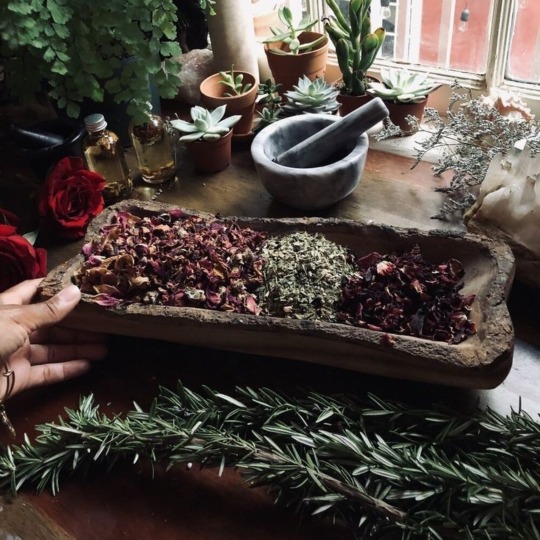
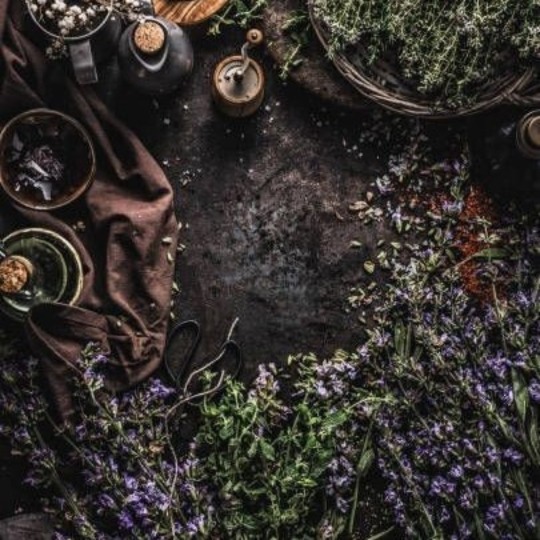

#moodboard#aesthetic#icons#pinterest#naturecore#witchy#witch#witches#witchcraft#witchblr#witchcore#witch community#witches of tumblr#pagan wicca#pagan witch#paganism#plant witch#pagan#paganblr#herbs#herb witch
1K notes
·
View notes
Text
"Despite the Central Appalachia ecosystem being historically famous as coal country, under this diverse broadleaf canopy lies a rich, biodiverse world of native plants helping to fill North America’s medicinal herb cabinet.
And it turns out that the very communities once reliant on the coalfields are now bringing this botanical diversity to the country.
“Many different Appalachian people, stretching from pre-colonization to today, have tended, harvested, sold, and used a vast number of forest botanicals like American ginseng, ramps, black cohosh, and goldenseal,” said Shannon Bell, Virginia Tech professor in the Dept. of Sociology. “These plants have long been integral to many Appalachians’ livelihoods and traditions.”
50% of the medicinal herbs, roots, and barks in the North American herbal supply chain are native to the Appalachian Mountains, and the bulk of these species are harvested or grown in Central Appalachia, which includes southern West Virginia, eastern Kentucky, far-southwest Virginia, and east Tennessee.
The United Plant Savers, a nonprofit with a focus on native medicinal plants and their habitats, has identified many of the most popular forest medicinals as species of concern due to their declining populations.
Along with the herbal supply chain being largely native to Appalachia, the herb gatherers themselves are also native [to Appalachia, not Native American specifically], but because processing into medicine and seasonings takes place outside the region, the majority of the profits from the industry do too.
In a press release on Bell’s superb research and advocacy work within Appalachia’s botanical communities, she refers back to the moment that her interest in the industry and the region sprouted; when like many of us, she was out in a nearby woods waiting out the pandemic.
“My family and I spent a lot of time in the woods behind our house during quarantine,” Bell said. “We observed the emergence of all the spring ephemerals in the forest understory – hepatica, spring beauty, bloodroot, trillium, mayapple. I came to appreciate the importance of the region’s botanical biodiversity more than ever, and realized I wanted to incorporate this new part of my life into my research.”
With co-investigator, John Munsell at VA Tech’s College of Natural Resources and Environment, Bell’s project sought to identify ways that Central Appalachian communities could retain more of the profits from the herbal industry while simultaneously ensuring that populations of at-risk forest botanicals not only survive, but thrive and expand in the region.
Bell conducted participant observation and interviews with wild harvesters and is currently working on a mail survey with local herb buyers. She also piloted a ginseng seed distribution program, and helped a wild harvester write a grant proposal to start a forest farm.
“Economic development in post-coal communities often focuses on other types of energy development, like fracking and natural gas pipelines, or on building prisons and landfills. Central Appalachia is one of the most biodiverse places on the planet. I think that placing a greater value on this biodiversity is key to promoting a more sustainable future for the region,” Bell told VA Tech press.
Armed with a planning grant of nearly half a million dollars, Bell and collaborators are specifically targeting forest farming as a way to achieve that sustainable future.
Finally, enlisting support from the nonprofit organization Appalachian Sustainable Development, Virginia Tech, the City of Norton, a sculpture artist team, and various forest botanicals practitioners in her rolodex, Bell organized the creation of a ‘living monument’ along Flag Rock Recreation Area in Norton, Virginia.
An interpretive trail, the monument tells the story of the historic uses that these wild botanicals had for the various societies that have inhabited Appalachia, and the contemporary value they still hold for people today."
-via Good News Network, September 12, 2024
#appalachia#united states#biodiversity#herbs#herbal medicine#herbalism#native plants#conservation#sustainability#sustainable agriculture#solarpunk#good news#hope
443 notes
·
View notes
Text

the crescent-crowned
#pathologic 2#pathologic#herb brides#nonsexual nudity /#my art#watched tautumeitas' spodrē manu augumiņu video &#got entranced by the head pieces of plants and twigs...#so. herb brides hairstyles exercise. heb bwides sigils exercise.#yaaaaayy brides [NEGLECTING 54 OLDER WIPS]#check this out [puts the Pleiades & the Taurus constellations as seen#from Ulan-Ude on today 9:45PM (with artistic liberties with the closeness) in the bg]#this would be my portfolio tag if i had a portfolio [portfolio tag]
3K notes
·
View notes
Text

Stephan Korwin: Basil (1923)
#stephan korwin#art#basil#1923#1900s#1900s art#negative#aesthetic#early 1900s#herbs#plants#cottagecore#plantblr
671 notes
·
View notes
Text



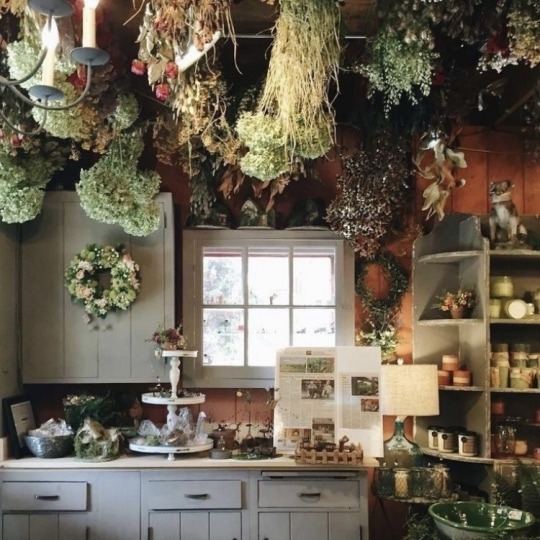
#love these dark kitchens and cozy places <3#cottagecore#nature#naturecore#flowers#flowercore#warmcore#herbs#dried flowers#kitchen#kitchencore#warm aesthetic#interior#plants#cozycore#cosycore
5K notes
·
View notes
Text

Wildest Dreams
Watercolor on Black Cotton Paper
2024, 44"x 30"
Lavender
#art#artists on tumblr#floral#flowers#watercolor#painting#nature#artblr#lavender#lavendula#glitter#plants#botany#herbs#blue#purple#minimal#artwork#cottagecore#contemporary art#artist#pink#impressionism#minimalism#traditional art#original art
368 notes
·
View notes
Text

Source: quietminimal.com
ℍ𝐚𝓵l נ𝐀 𝔳คĻǤẸ
324 notes
·
View notes
Text
Herbs to help you regulate cortisol and stress 🌿🍵🧚
🍃 Chamomile when you have an anxious stomach
🍃 Valerian when your thoughts don’t let you sleep
🍃 Skullcap when you feel muscle tension from stress
🍃 Holy basil when you’ve been high stress for days
🍃 Rhodiola when you feel burnt out from stress
🍃 Gotu kola when stress is causing you brain fog
🍃 Passion flower when you feel irritable and snappy
#herbs#plants and herbs#natural medicine#meditation#womens health#healthy lifestyle#health tips#health and wellness#healthylifestyle#cortisol#manage stress#hormones#hormonal balance#hormonal imbalance#healingjourney#healing#law of the universe#medicinal herbs#chinese herbs#natural herbs#herbsforhealth
428 notes
·
View notes
Text

Lavender - up close.
#Lavendula#Herbs#Floral#Flowers#Flowercore#Cottagecore#Cottageblr#Fairycore#Aesthetic#Plants#Plantcore#Plantblr#Blue#Nature#Naturecore#Garden#Gardencore#Warmcore#Cozy#Grandmacore
237 notes
·
View notes
Text






estherscafe_ on ig
#stim#drinks#drink making#butterflies#sfw#blue#purple#white#green#ice#fake animals#insects#bugs#pouring#food#dragonfruit#plants#herbs#roses#flowers#hands#tongs#utensils#long nails#spheres#orbs#ishy gifs#postish
239 notes
·
View notes
Text








Борец дубравный - Aconitum nemorosum Bieb. ex Reichenb. [A. anthora L. subsp. nemorosum (Bieb. ex Reichenb.) Worosch.] В русских народных традициях существует множество других названий аконита – «борец-корень», «царь-трава», «козья смерть», «волкобойник»,«железный шлем», «каска», «капюшон», «лошадка», «туфелька». Борец оттого, что его цветки по форме напоминают шлем воина, а волкобойник — за применение растения в качестве средства для волков. Вообщем, растение овеянное легендами...Сентябрь 24.
Aconitum, also known as aconite, monkshood, wolfsbane, devil's helmet. September 24.
#русский tumblr#Россия#осень#природа#лес#травянистое растение#Борец#Аконит#цветы#травы#макрофото#мои фото#Russia#autumn#nature#nature photography#forest#herbaceous plant#Aconitum nemorosum#Aconite#flowers#herbs#beauty of nature#my photos#original photography#photographers on tumblr#macrophotography
188 notes
·
View notes
Text









#naturecore#aesthetic#plantcore#plantlife#garden cottage#plant aesthetic#nature vibes#cottage aesthetic#cottagestyle#plants#cottage vibes#flowercore#herbs#herbalism#grandmacore#countrycore#cottage garden#farming#harvest#gardencore#botany#forests#herbology#mushroomcore#forestcore#cottagecore
354 notes
·
View notes



